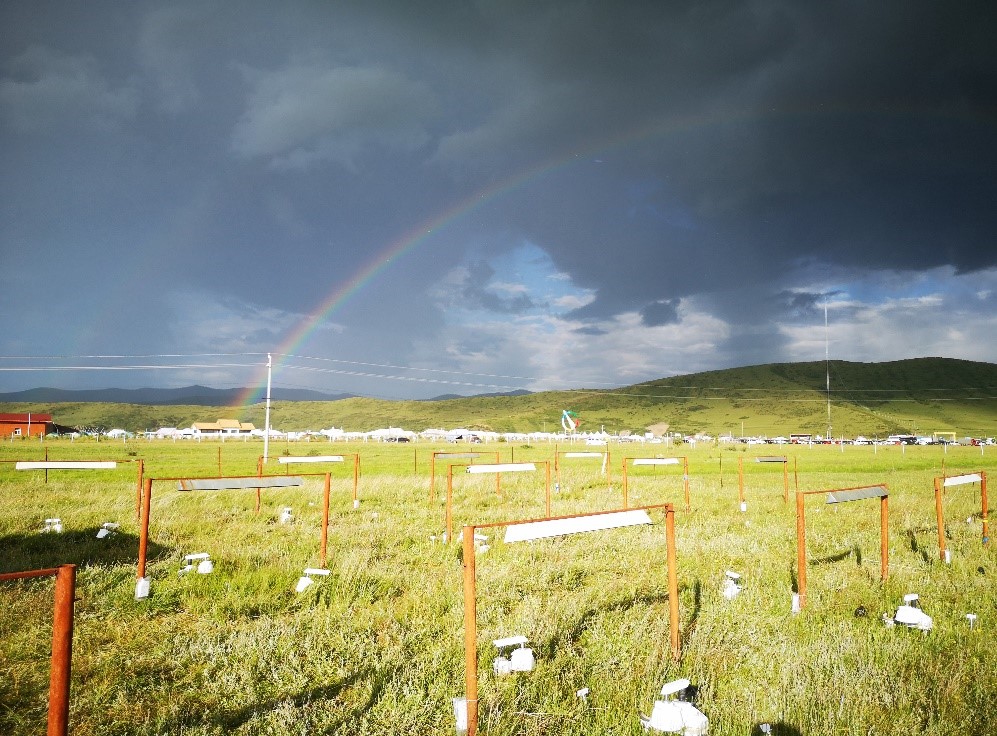Climate warming, a result of increasing greenhouse gas emissions, is causing significant shifts in the composition of plant species with different traits worldwide. These changes are particularly pronounced in colder or higher elevation regions, where their effects are magnified. Understanding the impact of these warming-induced changes in plant community structure and traits on the ability of ecosystems to absorb CO2 from the atmosphere remains a key challenge.
According to a new study published in Nature Plants, researchers led by Prof. NIU Shuli from the Institute of Geographic Sciences and Natural Resources Research of the Chinese Academy of Sciences have investigated warming-induced changes in plant community traits and ecosystem carbon sequestration on the Qinghai-Tibetan Plateau (QTP), a region known for its high altitude and cold climate.
By combining a manipulative warming experiment with a field survey along a 1,500 km transect across the QTP, the researchers have unveiled a critical link between climate warming, plant community structure and traits, and ecosystem carbon sequestration.
They found that as temperatures rise, plant communities on the QTP not only grow taller, but also undergo significant changes in composition. What's fascinating is that this increase in plant community height goes beyond mere appearance. It reflects the ecosystem's response to climate warming and plays a vital role in increasing carbon sequestration. A taller plant community means higher net ecosystem productivity and its temperature sensitivity to warming, indicating a greater ability to absorb CO2 from the atmosphere.
"By elucidating the association between warming, plant community traits, and carbon sequestration, this study highlights that increasing in plant height at the community level in the high-altitude biome is crucial for shaping ecosystem C budget under climate warming," said Prof. NIU. "This trait-based association provides new insights for predicting the direction, magnitude, and sensitivity of ecosystem C fluxes in response to climate warming."
This work was supported by the National Natural Science Foundation of China, the National Key R & D Program of China, and the Second Tibetan Plateau Scientific Expedition and Research Program, etc.







